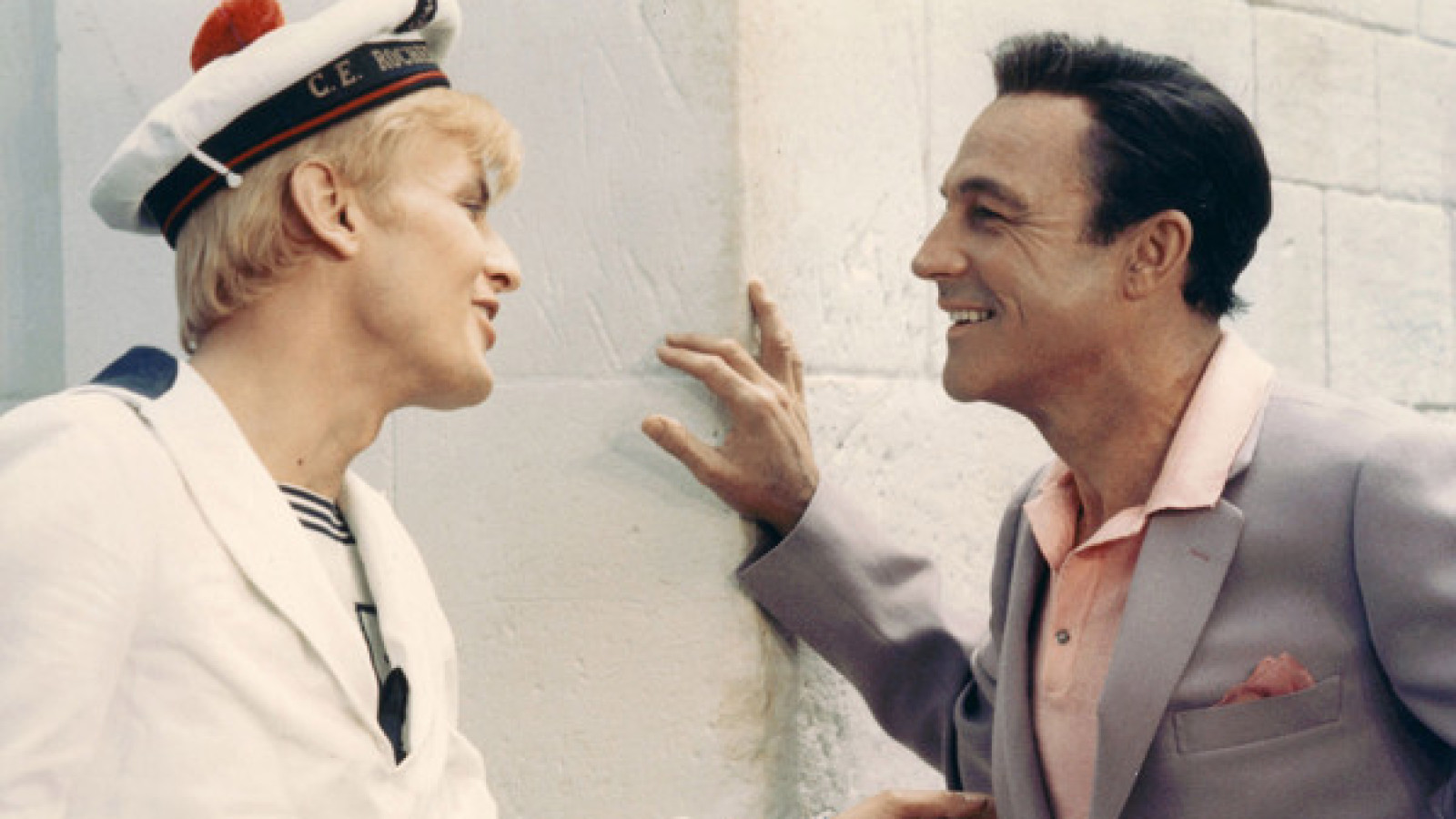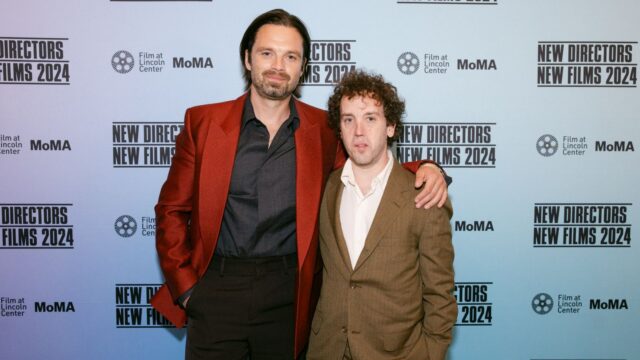The Young Girls of Rochefort - Les demoiselles de Rochefort

The Young Girls of Rochefort—Jacques Demy’s follow up to his 1964 musical The Umbrellas of Cherbourg—stars real life sisters Catherine Deneuve and the late Françoise Dorléac as twins from the small French town of Rochefort. Giving dance and music lessons to the local children is not enough for the two young women, who both dream of getting out of the small town and finding love and fortune in a big city like Paris. Taking place over the one weekend that a fair comes to town, the romantic comedy revolves around dreams of the ideal lover and missed encounters. As an American songwriter who becomes enamored with Dorléac’s character, Gene Kelly (whose singing is dubbed) is comfortable with the jazzy and infectious music and choreography. The film also stars George Chakiris as one of the performers in the fair and Michel Piccoli as the twins’ mother’s lost love. With smart and humorous lyrics by Demy himself, The Young Girls of Rochefort is an intelligent homage to the American musical tradition from a modern French perspective (look closely for odes to films like An American in Paris and Gentlemen Prefer Blondes). In its sunny and ethereal quality, the film constructs a joyous and colorful world seldom seen in the later Hollywood musicals.
“The score is Michel Legrand's finest, with various jazz elements, lyrics in alexandrines by Demy, and intricately structured reprises that match the poetic, crisscrossing plot. Demy pays tribute to the American musical yet mixes in accoutrements of French poetic realism: dreams and reality coexist more strangely and stubbornly than in most other musicals. The results may be quintessentially French, but the energy and optimism are clearly inspired by America, and Gene Kelly's appearances are sublime.”—Jonathan Rosenbaum, Chicago Reader
“The Young Girls of Rochefort is bathed in pastel hues, and Ghislain Cloquet’s photography brings a sun-white glow to Rochefort’s exceptionally picturesque town square and cobbled streets; the entire film is an exemplar of Demy’s love for life and his personal experiment with the dancing cinema.”—Albert Johnson, Film Quarterly






